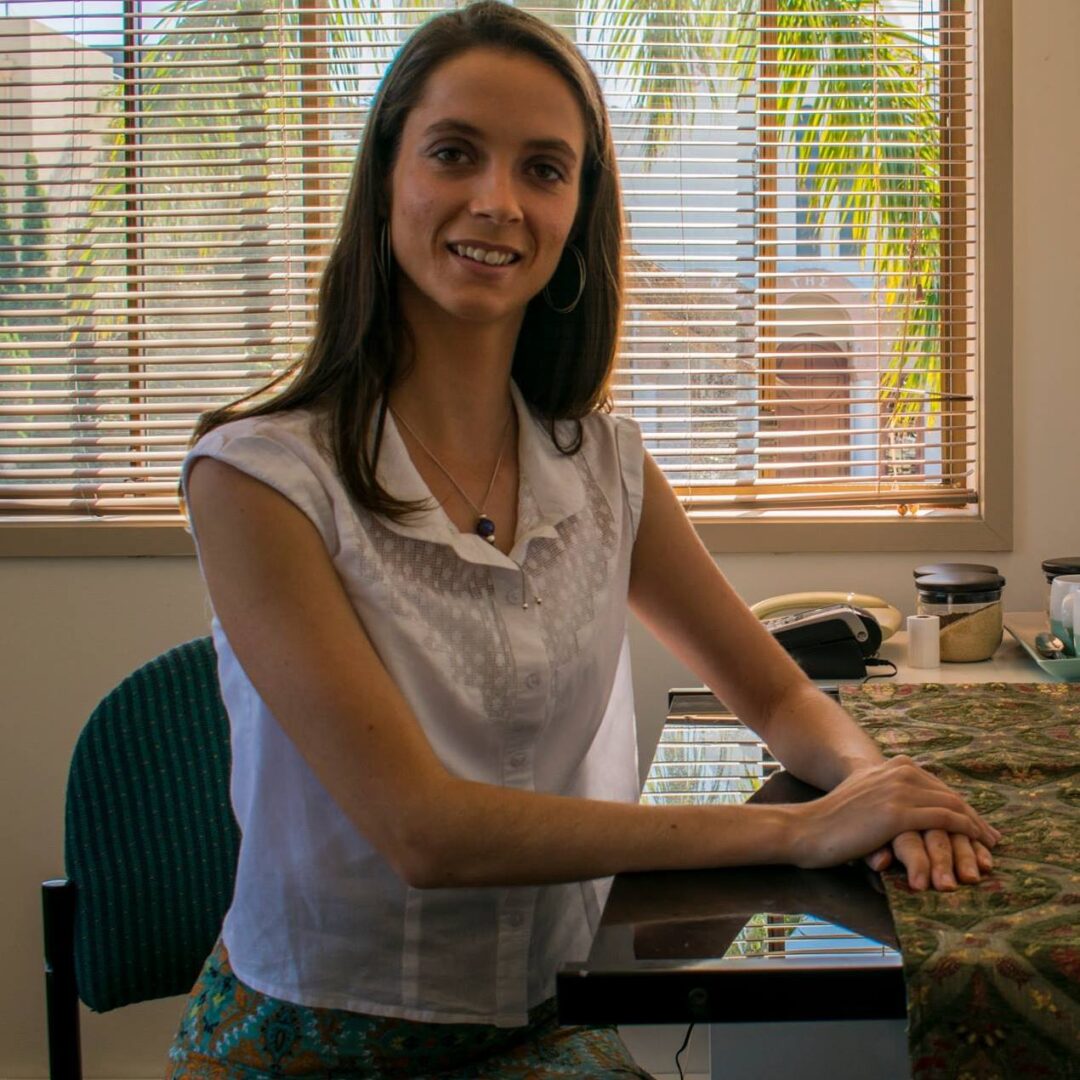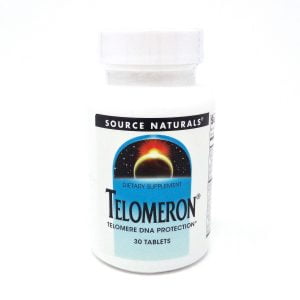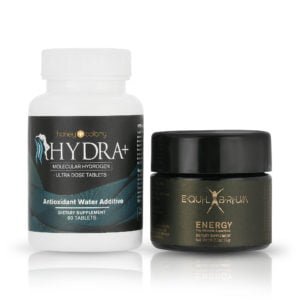Adverse childhood experiences have more than just mental and emotional effects. Growing up with abuse and violence during a time when we have very little power over our lives also harms our physical health. While its effects may not appear for many years, or we may brush things off as having to “grow up too fast,” it’s still devastating.
Fortunately, when we gain an understanding of how trauma affects us at the cellular level, we can take charge of our health. With potential implications for COVID-19, this is more important than ever.
How Adverse Childhood Experiences Cause Accelerated Aging
For this study, researchers analyzed almost 80 papers with a total of 116,000 participants. They found that children exposed to abuse, violence, or other threat-related trauma showed faster aging at a cellular level. This included shortened telomeres, the protective caps on our chromosomes that shorten with each division. When they become too short, the cell can no longer divide and becomes senescent. It adds to evidence from 2014 suggesting that, at least among African-American boys, growing up in a socially disadvantaged environment can shorten telomeres by up to 40 percent.
As the effect of childhood trauma on aging was found to also be associated with earlier puberty, it may have evolutionary “benefits.” A violent, threat-filled world creates more pressure to reproduce earlier, so genes can be passed on before death.
While this adaptation may have benefited our species’ survival in the past, it doesn’t relieve the suffering of individuals affected by adverse childhood experiences. It is also no comfort to those of us close to someone who has had them. The question is, what can we do to restore the length of our telomeres and rejuvenate our bodies?
A Closer Look At The Safety Of Lengthening Telomeres
Some researchers believe that longer telomeres are a risk factor for cancer. This is because tumor cells renew their telomeres with each division so cancer can continue to grow. However, a lab study found that telomerase gene therapy was able to significantly extend the lifespan of mice without causing an increase in cancer. One-year-old (middle-aged) mice had a 24 percent higher lifespan. Two-year-old mice (elderly) lived 13 percent longer. The safety of this therapy may come from the type of viral vector used. Adeno-associated viruses (AAVs) don’t have significant effects on fast-growing cells and preferentially target cells that don’t divide much.
What about humans? A study of 143 people over age 60 found that shorter telomeres were linked to higher mortality rates. This was partly caused by a 3.18 times greater risk of death from heart disease, and an 8.54 times higher risk of death from infectious disease. As many immune cells must divide as part of the response against infections, short telomeres can raise the risk of complications. This includes serious COVID-19 infections. Older adults, men, and people with cardiometabolic diseases are the groups most at risk, and all have shorter telomeres.
Can We Restore Telomere Length?
The enzyme telomerase, which the human body is capable of producing, rebuilds telomeres after each cell division. Gene therapies are seen as the most potent intervention for increasing telomerase, but human clinical trials haven’t yet begun. Fortunately, there are natural ways we can boost telomere length that is not only cheaper but likely to be safer.
For example, research conducted on a supplemental blend of nutrients revealed that participants randomized to take it had longer telomeres by the end of the study than the control group. There was a difference of roughly 1,000 base pairs (one kb) between the supplement and control groups. To put this in perspective, the average person is born with a little over nine kb.
The supplement regime included vitamin D, the B vitamins, vitamin K2 and E; omega-3 fatty acids and gamma-linoleic acid (GLA); ubiquinol (the active form of coenzyme Q10; and a broad-spectrum probiotic. Vitamin B12 and folate are required for DNA function and repair, while deficiencies can speed telomere shortening. Vitamin D, vitamin E, carotenoids, and CoQ10 protect telomeres through their antioxidant and anti-inflammatory effects. At HoneyColony, we stock the Telomeron formula, which includes omega-3 fats, B vitamins, carotenoids, and vitamin D.
Omega-3 fatty acids can also protect telomeres by reducing inflammation and oxidative stress. In another clinical trial testing of omega-3 fatty acid supplementation, an increased ratio of omega-3 to omega-6 fatty acids was linked to lengthened telomeres. On average, they shortened by 43 base pairs in the placebo group but grew by 21 and 50 base pairs in the low (1.25 gram) and high-dose (2.5 gram) groups respectively.
Astragalus And Age-Related Disease
The herbal remedy Astragalus membranaceus, as the proprietary extract TA-65, could help to restore telomere length too. A trial involving people with age-related macular degeneration (AMD) found that taking TA-65 for a year significantly improved macular function.
Their scores of impaired eye sensitivity improved from -39.6 percent to -31.7 percent. There was no change in the placebo group. Measurements of eye sensitivity are more objective than visual acuity which can hold up until advanced AMD. Short telomeres play a role in AMD, so the results of this trial likely come from a boost in telomerase.
Lifestyle Interventions To Boost Telomerase
One lifestyle intervention that may help rebuild telomeres is meditation. When women who have recently recovered from breast cancer practiced mindfulness-based stress reduction (MBSR) techniques, their levels of telomerase rose compared to the control group. Their average telomere length did not increase, but the study’s duration was not long enough to see this effect.
MBSR involves both sitting and walking meditation. It also involves body scanning (where any physical sensations are observed) and gentle Hatha yoga poses. The “therapeutic dose” of meditation was 15 minutes per day of formal practice, plus another 15-45 minutes of “informal” practice during daily activities.
Exercise, including endurance training, may also protect our telomeres. When older endurance athletes were compared to non-athletes of the same age, their ratio of telomeres to “regular” DNA, that codes for genetic information, was higher. While non-athletes had a ratio of 0.92, the trained athletes’ average ratio was 1.12. The young athletes’ average ratio was 1.47, so endurance training alone is only partially protective. Telomere length was associated with their levels of cardiovascular fitness too.
If you or someone close to you has suffered adverse childhood experiences, you don’t have to resign yourselves to a fate of accelerated aging. Through protecting the telomeres, and boosting telomerase to rebuild them, a brighter future is possible.

Alexandra Preston is an Australian naturopath, passionate about empowering others to take charge of their health and healing the planet. Her special area of interest in natural health is antiaging; she also loves the beach and is a semi-professional dancer.
Submit your story or essay to Buzzworthy Blogs.
-
Sale Product on sale
 Source Naturals Serene Science® Telomeron™
Source Naturals Serene Science® Telomeron™$19.95Original price was: $19.95.$14.95Current price is: $14.95. -
 Quicksilver Nanoemulsified CoQ10$50.00
Quicksilver Nanoemulsified CoQ10$50.00 -
Sale Product on sale
 Elite Athlete Supplement Bundle
Elite Athlete Supplement Bundle$122.69Original price was: $122.69.$118.25Current price is: $118.25. — or subscribe and save 5%



